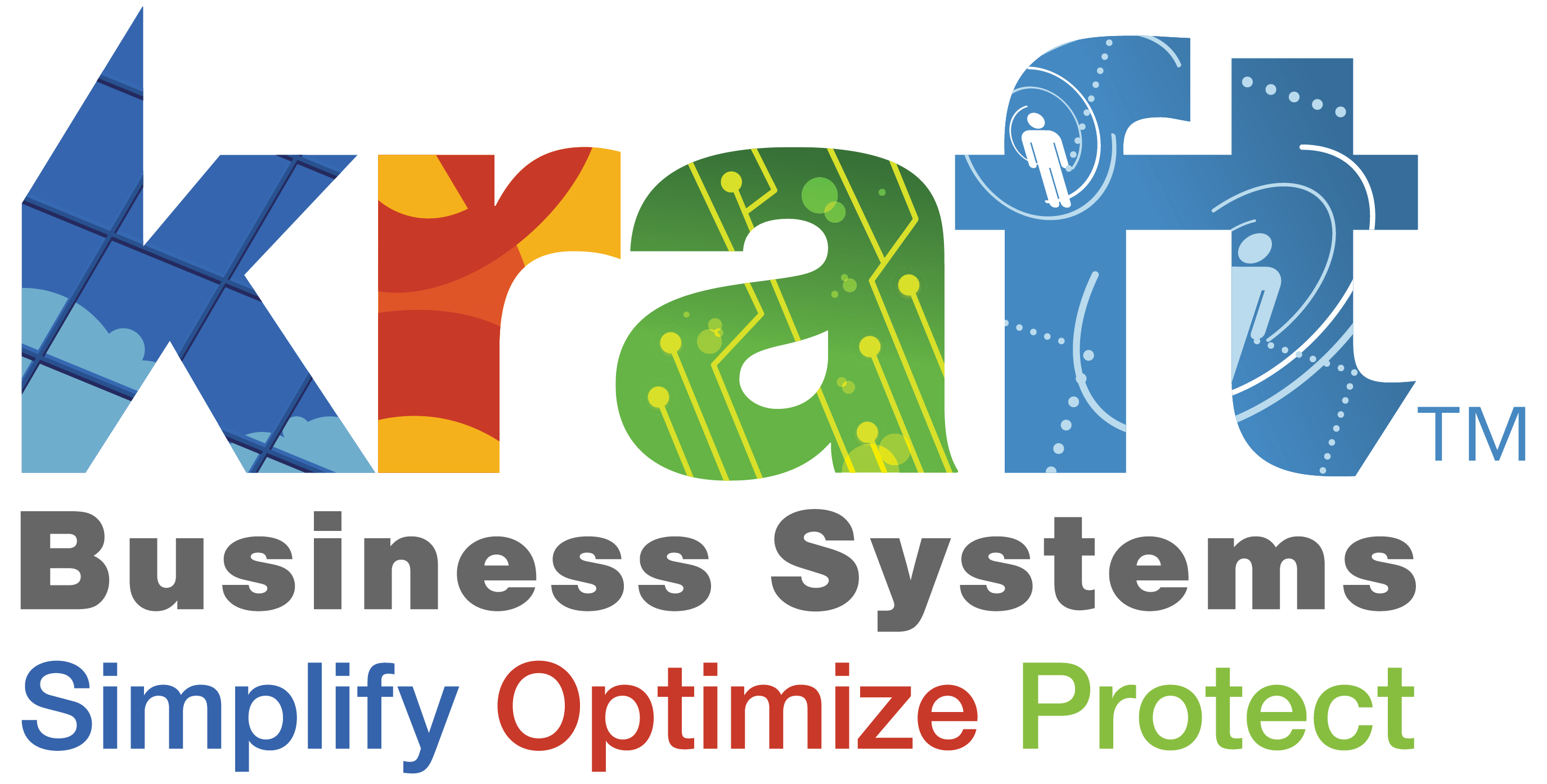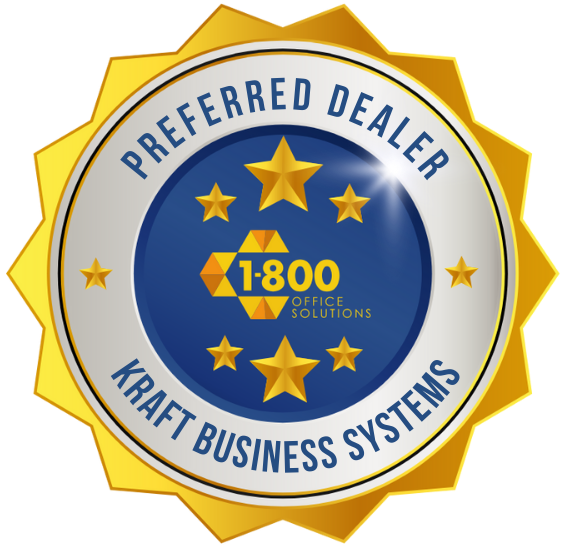IT software license management is the backbone of any efficient and compliant IT operation. It ensures that businesses are using software legally and efficiently. Here’s why it matters:
- Ensures Compliance: Stay clear of legal troubles and costly fines by managing licenses effectively and aligning use with agreements.
- Optimizes Costs: Identify and eliminate unused licenses to cut costs and allocate resources better.
- Streamlines Operations: Centralize and automate license tracking for smoother, error-free processes.
In this rapidly evolving digital landscape, properly managing your software licenses is not just a necessity—it’s a strategic advantage. As tech-savvy business owners strive to keep their operations running smoothly amidst cybersecurity threats and outdated systems, effective software license management becomes crucial. It’s not just about avoiding fines or audits; it’s about optimizing your IT resources for improved productivity and compliance.
Relevant articles related to IT software license management:
Understanding IT Software License Management
IT software license management is more than just keeping track of software licenses. It’s an integral part of software asset management (SAM), which helps organizations manage, control, and protect their software assets throughout all stages of their lifecycle. By effectively managing these assets, businesses can optimize costs and ensure compliance with licensing agreements.
Software Asset Management
Software Asset Management involves a systematic approach to managing software licenses and ensuring that all software used within the organization is properly licensed. This process includes inventorying software assets, tracking usage, and ensuring compliance with licensing agreements.
SAM not only helps in avoiding legal issues but also provides a clear understanding of software usage, leading to better decision-making and strategic planning.
Cost Optimization
One of the primary benefits of effective software license management is cost optimization. By gaining visibility into software usage, businesses can identify and eliminate redundant or underused licenses. This not only cuts unnecessary expenses but also ensures that the organization is only paying for what it actually uses.
For instance, research shows that large enterprises waste approximately $127.3 million annually on unused licenses. By implementing a robust software license management system, businesses can significantly reduce this waste, often saving up to 30% of their software spend.
Ensuring Compliance
Compliance is a critical component of IT software license management. Non-compliance can result in hefty fines, legal penalties, and reputational damage. Organizations must adhere to various compliance standards such as SOC 2, NIST Cybersecurity Framework, and ISO/IEC 27001 to protect their data and ensure software use aligns with industry regulations.
To avoid these risks, businesses can use software license management tools to automate compliance checks and maintain a comprehensive record of all licenses and agreements. This proactive approach not only prevents legal issues but also improves overall operational efficiency.
In summary, understanding and implementing effective IT software license management is essential for businesses aiming to optimize costs, ensure compliance, and manage their software assets efficiently. This not only safeguards against legal and financial risks but also supports strategic growth and innovation.
IT Software License Management: Optimizing Costs and Compliance
Key Features of Effective Software License Management Tools
Effective IT software license management tools are essential for ensuring that your organization runs smoothly and cost-effectively. Let’s explore some of the key features that make these tools indispensable:
Automation
Automation is a game-changer in managing software licenses. By automating routine tasks, such as license renewals and compliance checks, businesses can save time and reduce human error. For instance, automated renewals help prevent missed deadlines, ensuring that your software remains up-to-date and compliant with licensing agreements. This feature allows your team to focus on more strategic tasks rather than getting bogged down with manual processes.
Centralized Tracking
Centralized tracking provides a single, unified view of all software licenses within your organization. This feature is crucial for maintaining an accurate and up-to-date inventory of software assets. With centralized tracking, businesses can easily monitor software usage, identify underused licenses, and make informed decisions about renewals and purchases. This comprehensive visibility helps prevent over-purchasing and ensures that resources are allocated efficiently.
Compliance Alerts
Staying compliant with software licensing agreements is critical to avoid legal and financial repercussions. Compliance alerts are a vital feature of software license management tools. These alerts notify you of potential non-compliance issues, such as unauthorized software installations or licenses nearing expiration. By receiving real-time alerts, businesses can take immediate action to address compliance risks, ensuring that they remain within the terms of their license agreements and avoid costly penalties.
Incorporating these features into your software license management strategy not only streamlines operations but also improves your organization’s ability to manage software assets effectively. By leveraging automation, centralized tracking, and compliance alerts, businesses can optimize costs, reduce risk, and ensure that their IT infrastructure supports their strategic goals.
Next, we’ll explore the benefits of IT software license management and how it contributes to overall business success.
IT Software License Management: Optimizing Costs and Compliance
Benefits of IT Software License Management
Managing IT software licenses effectively brings a range of benefits that can significantly impact your business’s bottom line and operational efficiency. Let’s explore some key advantages:
Cost Reduction
One of the most compelling benefits of IT software license management is the potential for cost savings. Research shows that, on average, 55% of licenses go unused in large enterprises, leading to wasted spend. By implementing a robust license management system, businesses can identify these unused licenses—often referred to as “shelfware”—and eliminate unnecessary costs. This process not only reduces waste but can also save up to 30% of the software spend, allowing companies to allocate their budget to more critical areas.
Software Compliance
Ensuring software compliance is crucial to avoid legal and financial risks. Non-compliance with software licensing agreements can lead to hefty fines and legal action. An effective license management system helps businesses stay compliant by providing visibility into software usage and ensuring adherence to licensing terms. Compliance also aligns software usage with company policies and industry regulations, minimizing the risk of audits and penalties.
Resource Allocation
Efficient resource allocation is vital for maximizing the value of software investments. With a clear view of software usage across the organization, businesses can reallocate underused licenses to where they are needed most. This ensures that employees have access to the tools they require without purchasing additional licenses unnecessarily. Moreover, by understanding usage patterns, companies can make informed decisions about license renewals and acquisitions, further optimizing resource allocation.
In summary, effective IT software license management not only cuts costs and ensures compliance but also improves resource allocation. These benefits contribute to a more streamlined and cost-effective IT operation, ultimately supporting your organization’s strategic objectives.
Next, we’ll dig into best practices for managing IT software licenses to help you get the most out of your software investments.
IT Software License Management: Optimizing Costs and Compliance
Best Practices for Managing IT Software Licenses
To get the most out of your software investments, adopt best practices for managing IT software licenses. Here are some key strategies to consider:
Inventory Management
Start by finding and cataloging all the software installed across your network. A comprehensive inventory provides visibility into what you have and what you need. Use a software license management tool to run regular inventory scans. This helps identify all commercial and non-commercial software, ensuring nothing slips through the cracks.
Keeping an updated inventory helps prevent “shelfware” and ensures you only pay for what you use. It also aids in reallocating underused licenses to employees who need them.
Renewal Scheduling
Missing a license renewal can disrupt business operations and lead to unexpected costs. Set up a system for tracking renewal dates to ensure timely renewals. Many software license management tools offer automated alerts for upcoming renewals, making it easier to stay on top of expiration dates.
Collaborate with IT and procurement teams to analyze usage data before renewing licenses. This ensures you renew only what you need, optimizing costs and avoiding unnecessary renewals.
Compliance Checks
Regular compliance checks are crucial to avoid legal troubles and financial penalties. Non-compliance can result in hefty fines and damage your reputation. Use your license management tool to perform internal audits regularly. Store contracts, license agreements, and purchase receipts in a centralized system for easy access during audits.
Set up real-time alerts for non-compliance issues. This allows you to address under-licensed situations promptly, reducing the risk of penalties.
By implementing these best practices, you can streamline your IT software license management, minimize waste, and ensure compliance. Up next, we’ll tackle some frequently asked questions about IT software license management to further clarify this essential process.
IT Software License Management: Optimizing Costs and Compliance
Frequently Asked Questions about IT Software License Management
What is software non-compliance?
Software non-compliance happens when a company uses software in ways that violate licensing agreements. This can include exceeding the number of authorized users, using software without a valid license, or ignoring the terms set by the software provider. Non-compliance can lead to serious consequences, like hefty fines, legal trouble, and damage to the company’s reputation. In fact, research shows that failing software audits can result in irreversible business damage.
How can businesses ensure software compliance?
Ensuring software compliance involves several proactive steps:
- Regular Audits: Conduct internal audits using a software license management tool to keep track of all software installations and ensure they align with licensing agreements.
- Real-Time Alerts: Set up alerts for potential compliance issues, such as unauthorized software usage or upcoming license expirations. This helps address problems before they escalate.
- Training and Awareness: Educate employees about the importance of compliance and the risks associated with non-compliance. When everyone understands the stakes, they are more likely to follow procedures.
- Centralized Documentation: Maintain a centralized repository for all license agreements, purchase receipts, and related documents. This ensures easy access during audits and helps verify compliance quickly.
What are the consequences of poor license management?
Poor license management can lead to significant financial and operational risks:
- Financial Waste: On average, 55% of software licenses go unused in large enterprises, leading to millions in wasted spending annually.
- Legal Penalties: Non-compliance with licensing agreements can result in fines and legal actions, draining resources and impacting the bottom line.
- Operational Disruptions: Failing to renew licenses on time can cause service interruptions, affecting productivity and customer satisfaction.
- Security Risks: Unmanaged licenses can lead to unauthorized access, increasing the risk of data breaches and other security incidents.
By understanding these FAQs, businesses can better steer the complexities of IT software license management. In the next section, we’ll dive into some innovative solutions offered by Kraft Business Systems to help you manage your licenses effectively.
IT Software License Management: Optimizing Costs and Compliance
Conclusion
Managing IT software licenses effectively is crucial for any business aiming to thrive in today’s tech-driven world. At Kraft Business Systems, located in Grand Rapids, MI, we provide innovative solutions custom to meet your unique business challenges.
Our approach combines cutting-edge technology with expert insights to ensure your software assets are managed efficiently. By centralizing license tracking and implementing automated compliance alerts, we help you reduce costs and minimize risks. Our solutions not only improve operational efficiency but also safeguard your business from potential legal and security issues.
As we continue to expand across Michigan and the Midwest, our commitment to delivering first-class service remains unwavering. Our new office in Grand Rapids is a testament to this dedication, offering a collaborative environment where our teams work together to provide unparalleled customer support.
Find how Kraft Business Systems can optimize your IT software license management. Explore our Managed IT Support services and take the first step towards a more efficient and compliant software management strategy.
Our innovative solutions are designed to empower your business, ensuring you have the tools and support needed to succeed. Let’s work together to open up the full potential of your software assets.









